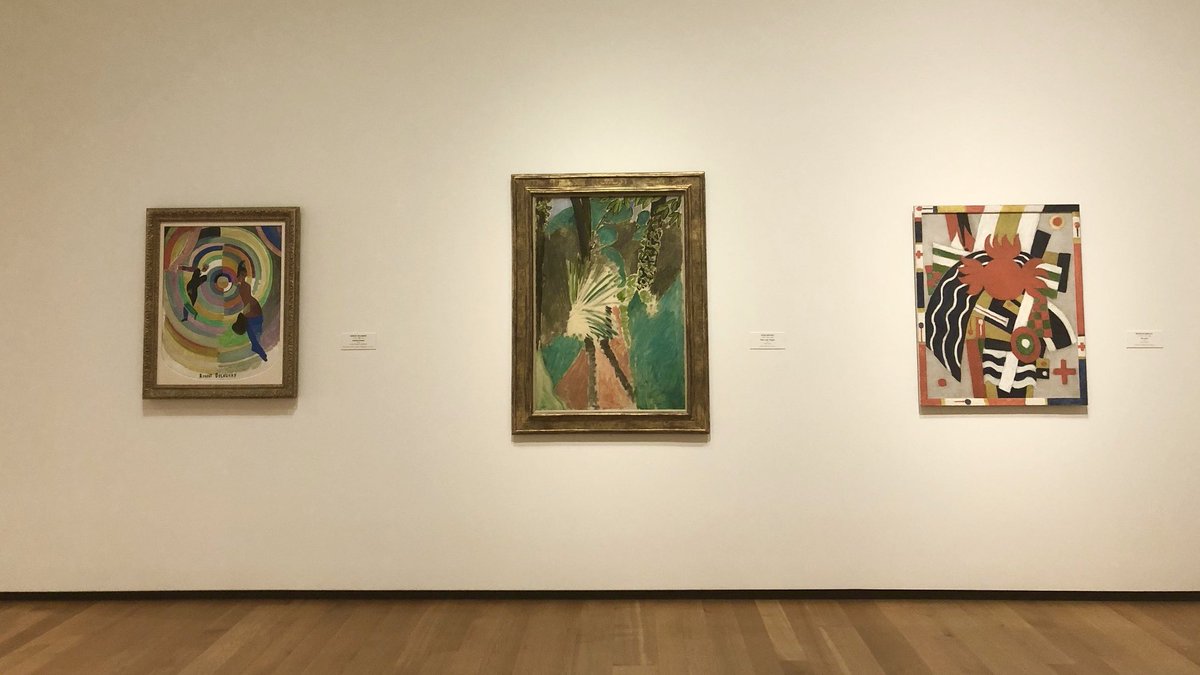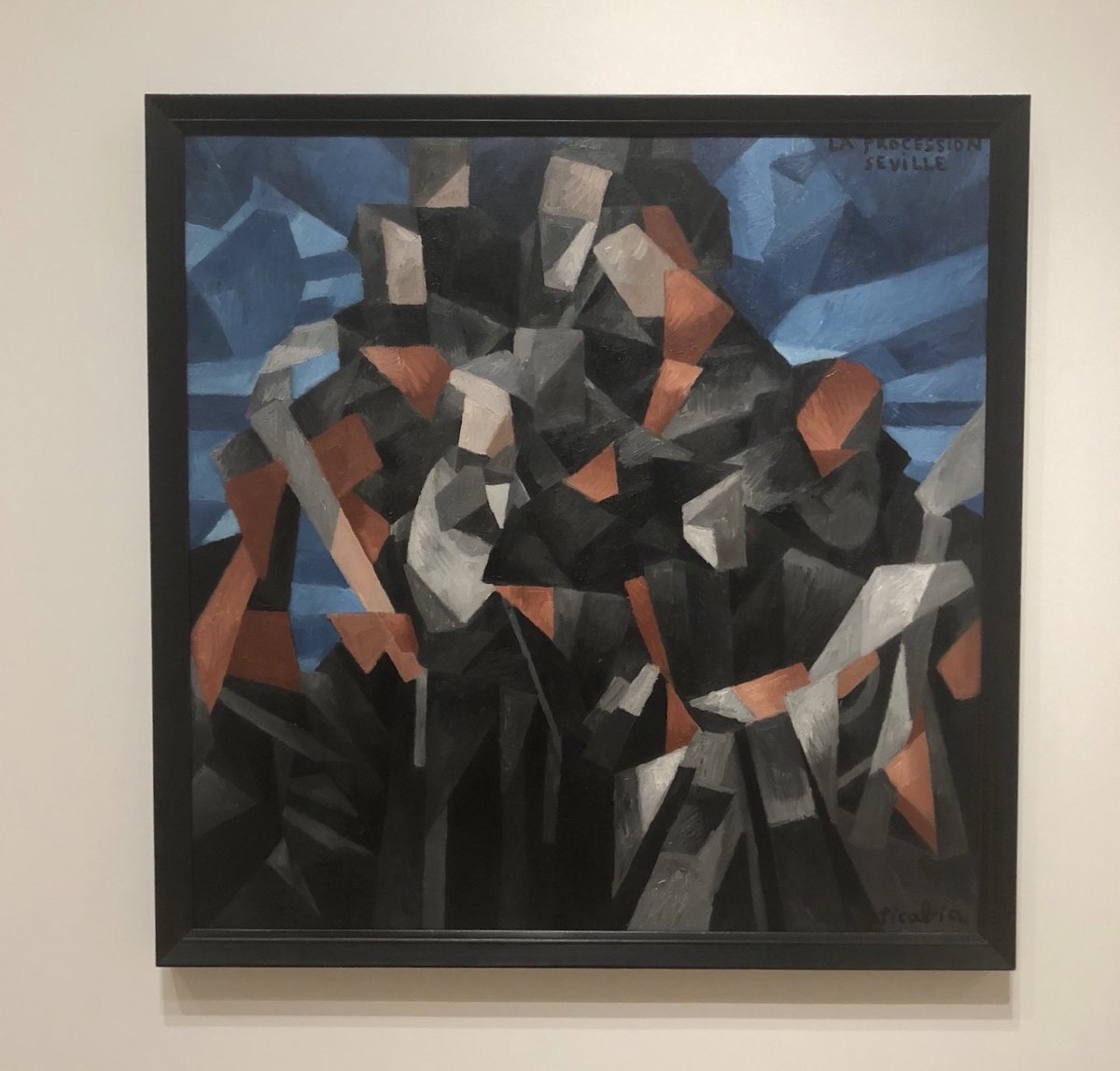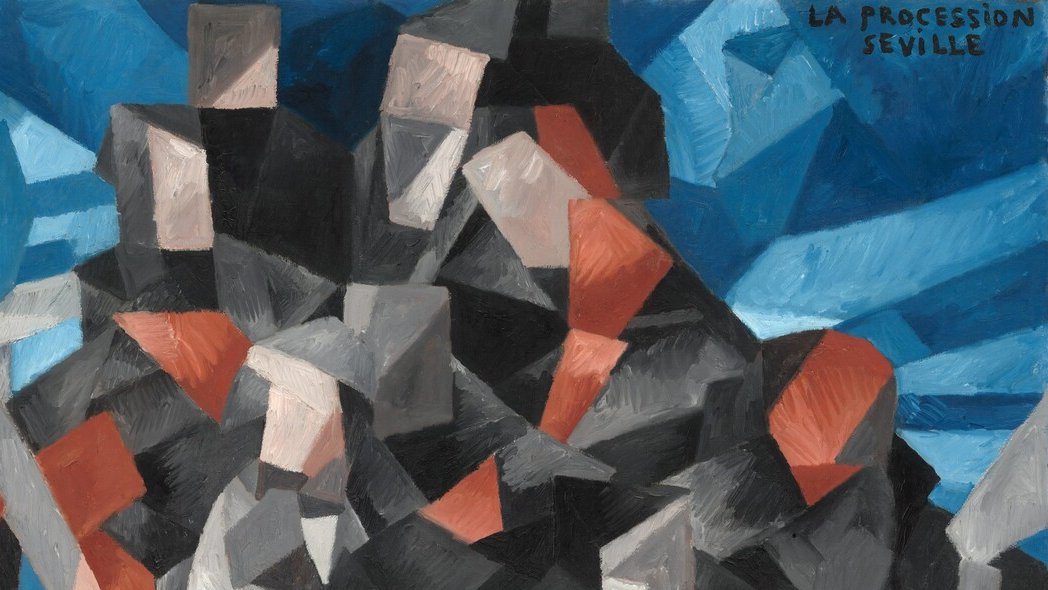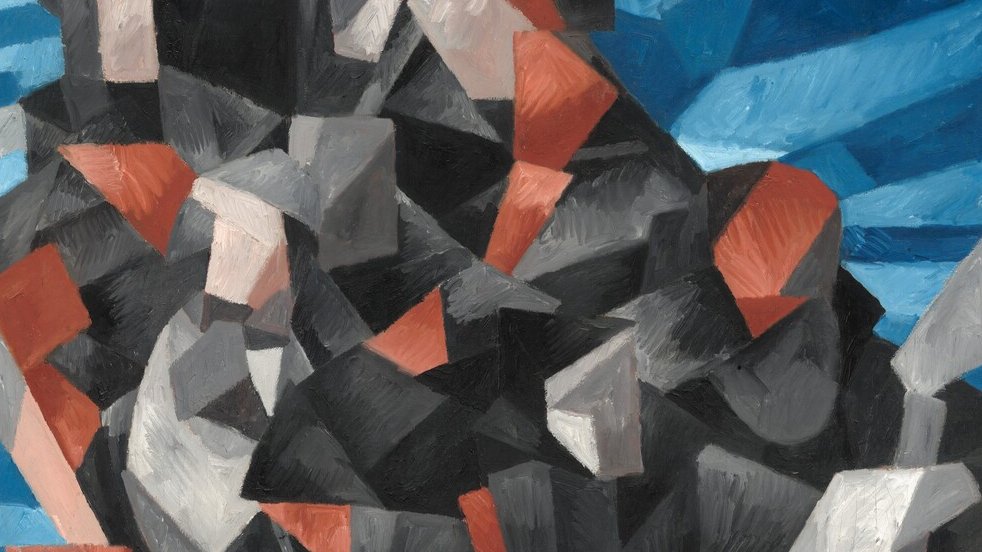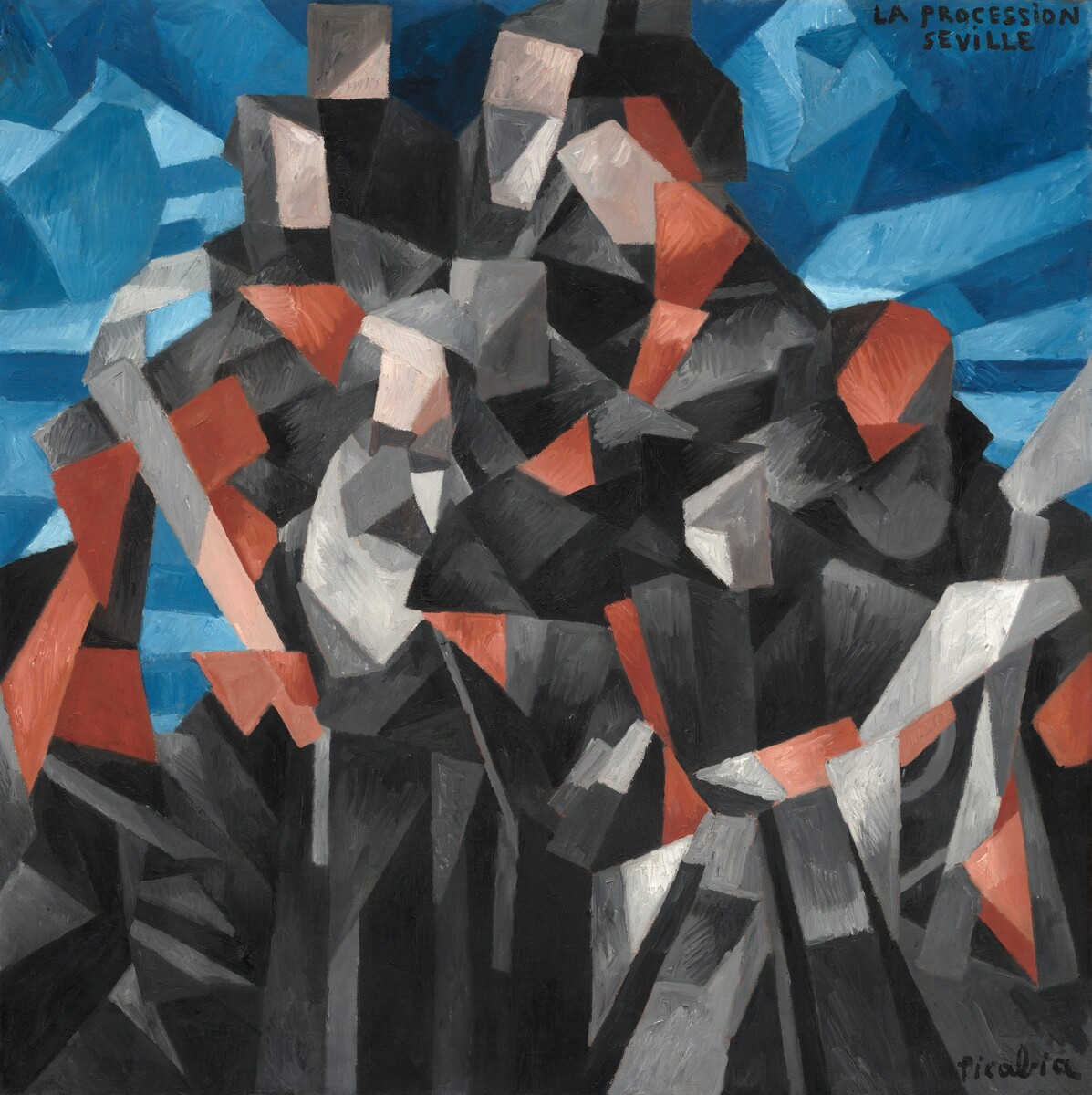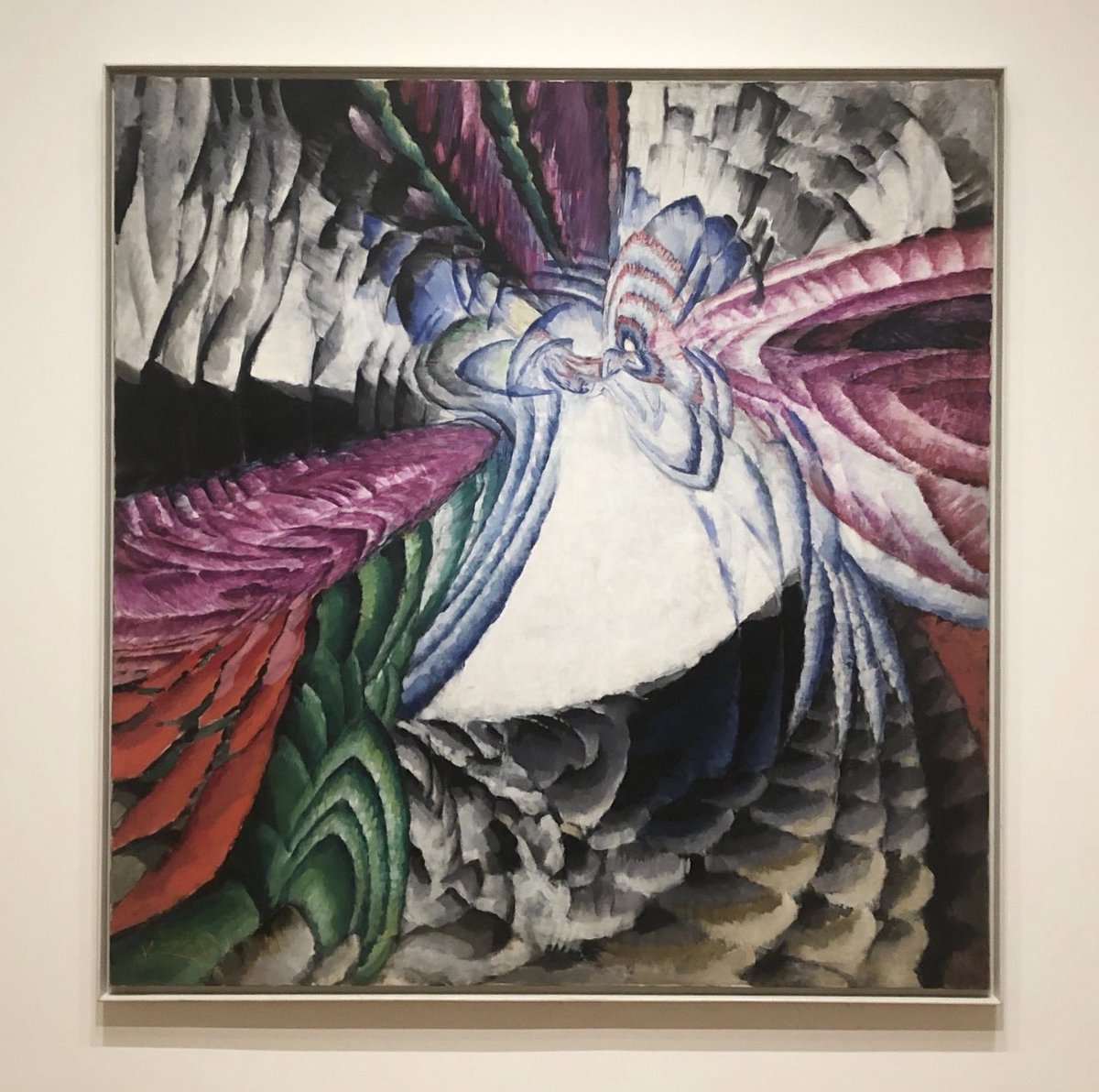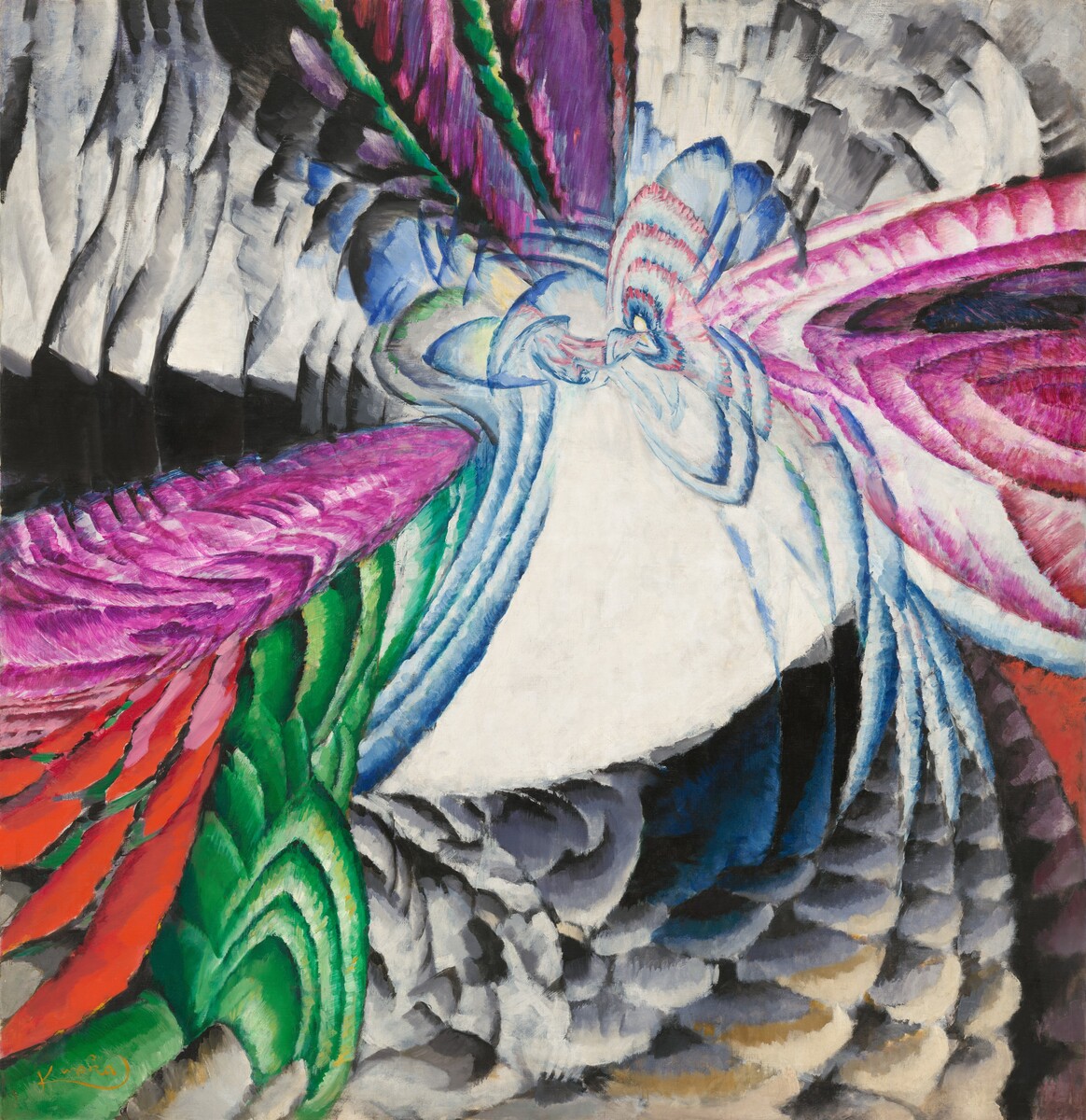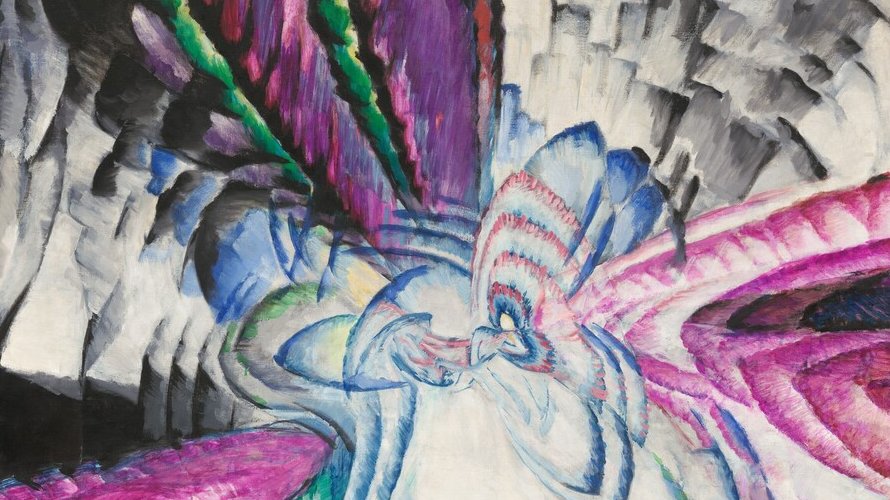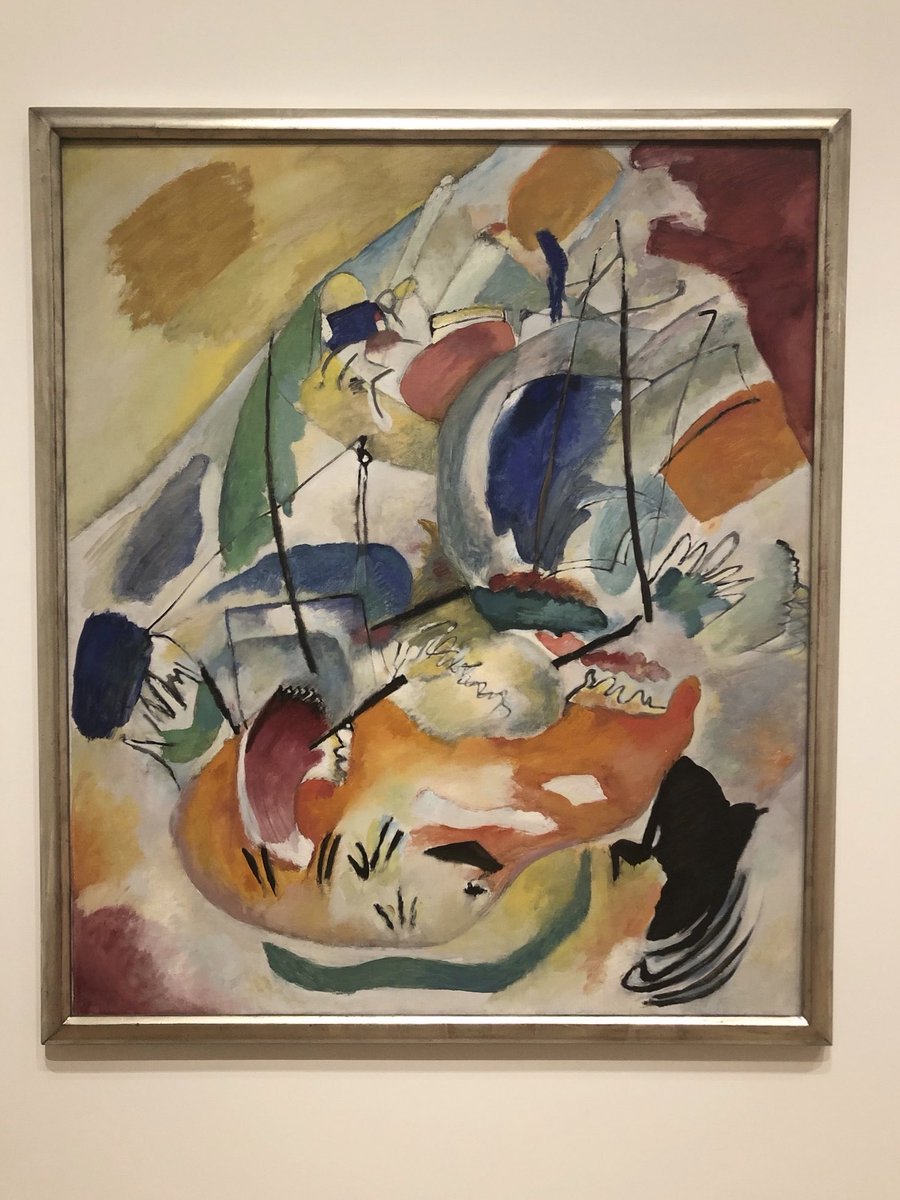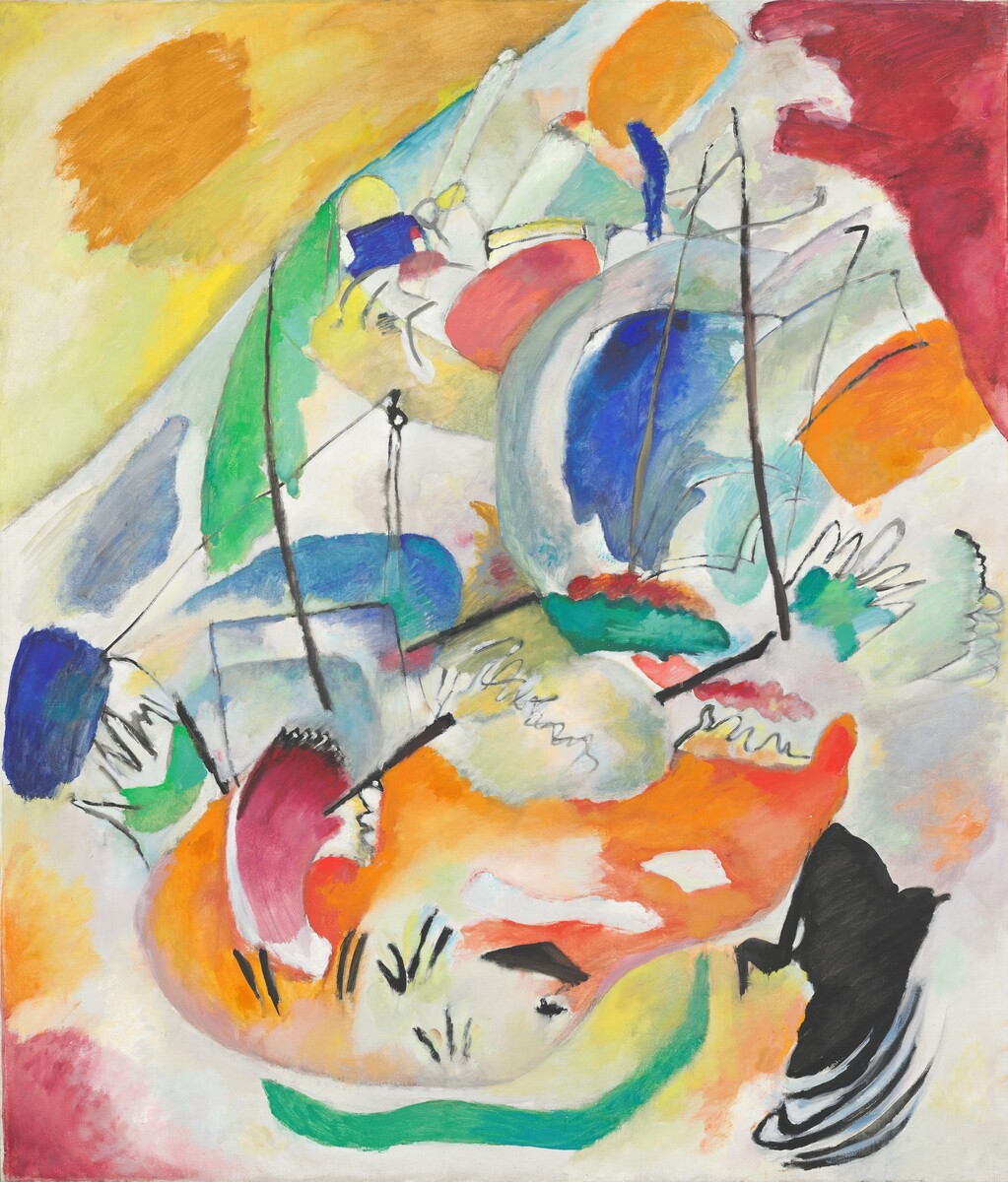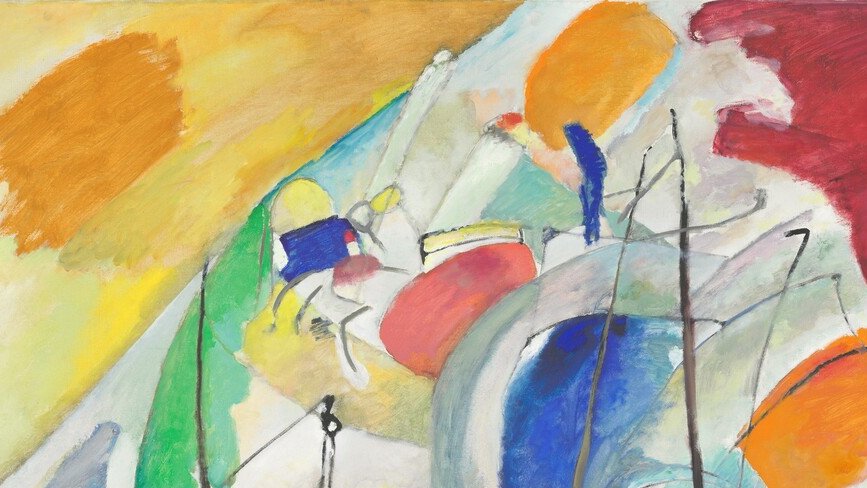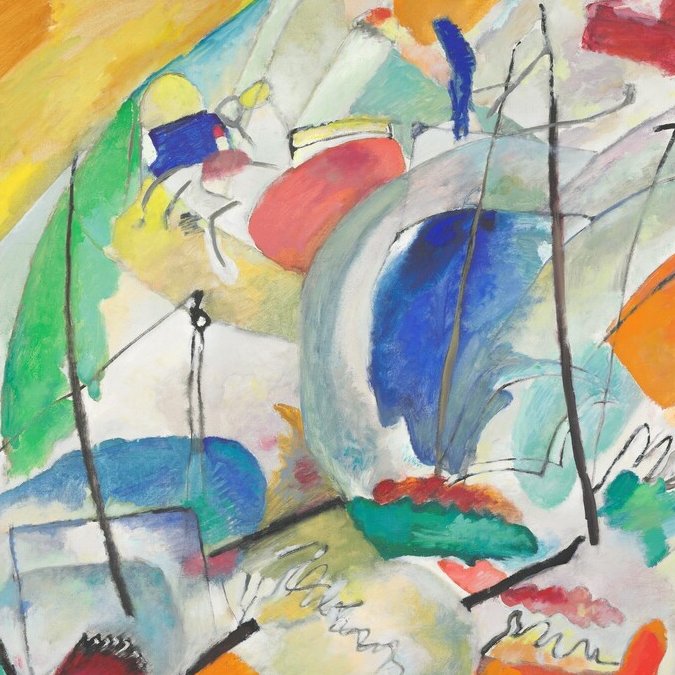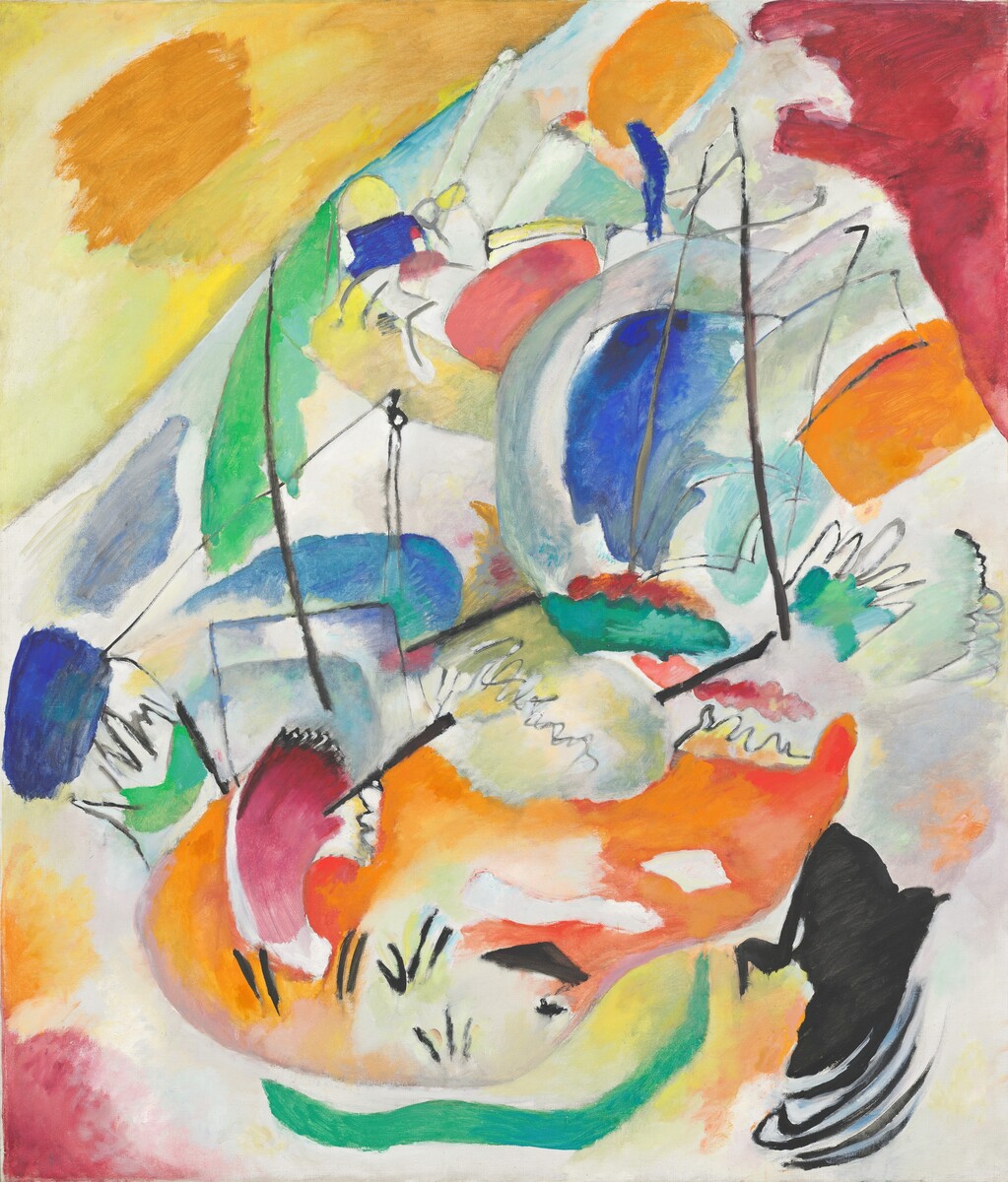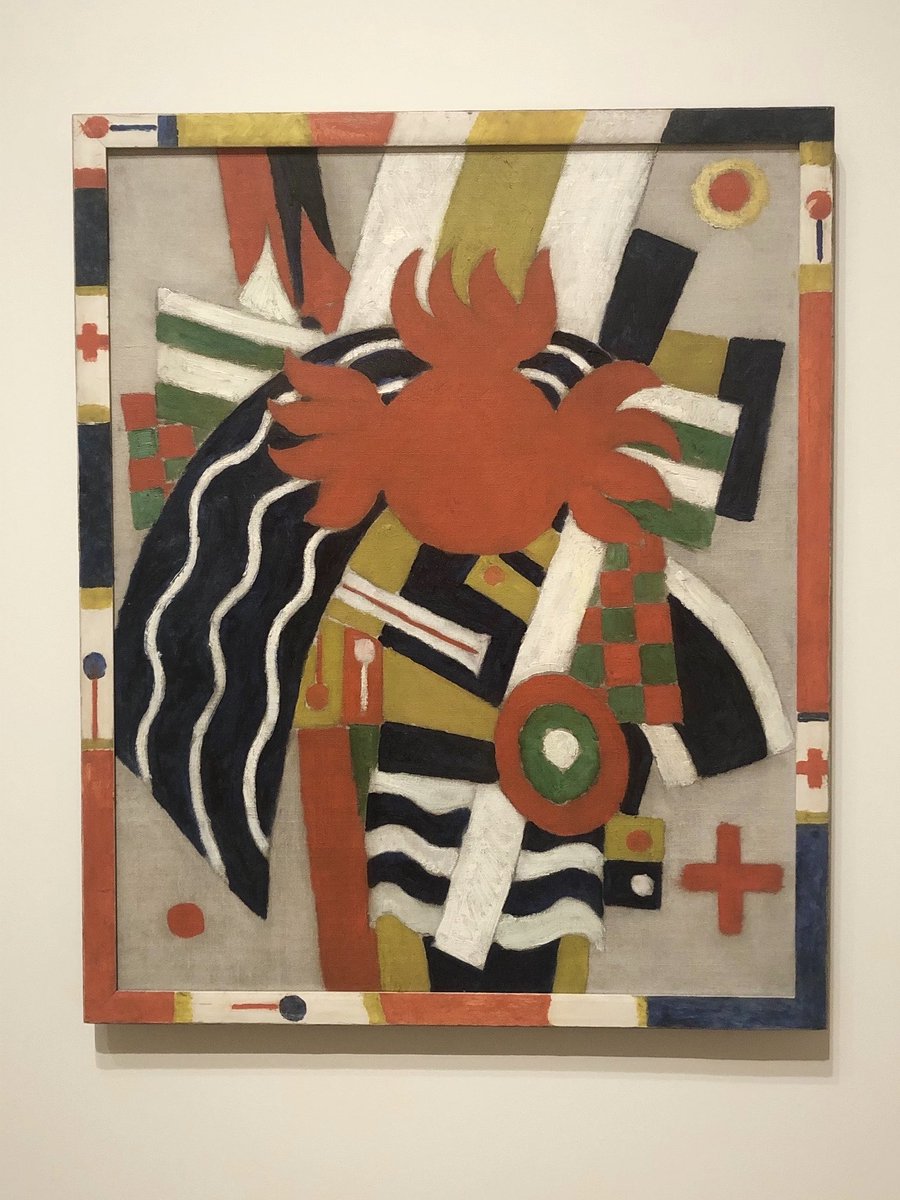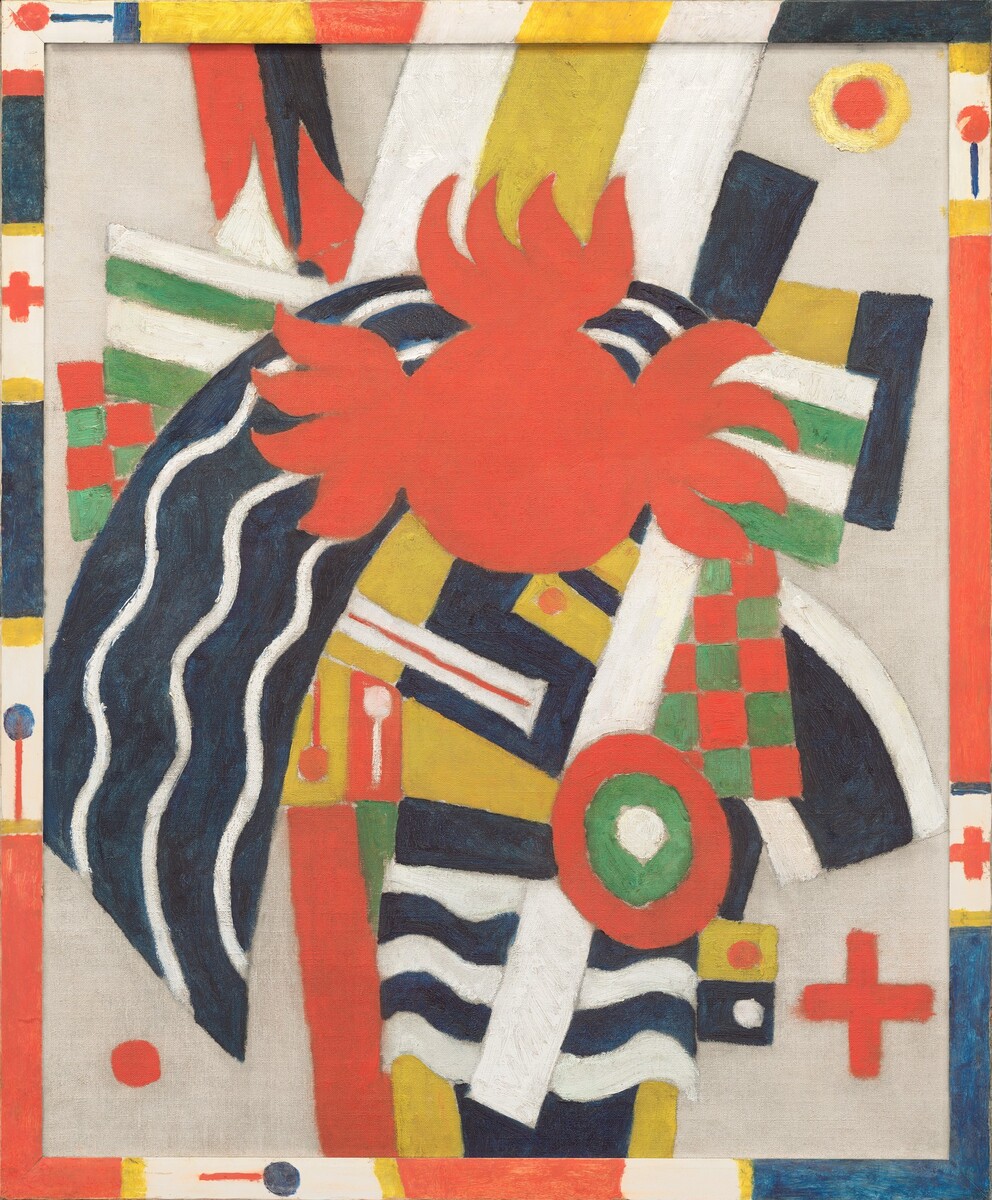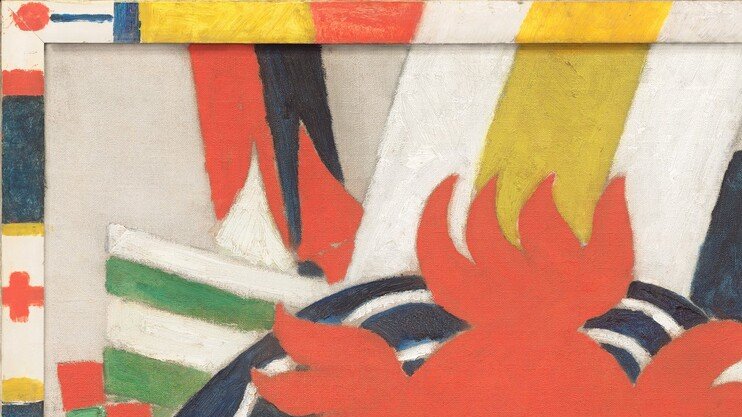In today’s tour we’ll explore early abstractions by Robert Delaunay, Marsden Hartley, Wassily Kandinsky, Francis Picabia, and more in gallery 415A on the Upper Level of the East Building. #MuseumFromHome
Explore all the works: http://go.usa.gov/xvQT2 ">https://go.usa.gov/xvQT2&quo...
Explore all the works: http://go.usa.gov/xvQT2 ">https://go.usa.gov/xvQT2&quo...
All of the works were made between just 1910 and 1916.
They include some of the first abstractions ever made as well as canvases by artists who were tempted by abstraction but never quite took the plunge.
They include some of the first abstractions ever made as well as canvases by artists who were tempted by abstraction but never quite took the plunge.
Before establishing himself as a pioneering member of the dada movement, Francis Picabia experimented with other forms of modernist painting.
“The Procession, Seville” belongs to a group of works the artist made between June and September of 1912.
“The Procession, Seville” belongs to a group of works the artist made between June and September of 1912.
All of the paintings in the series depict scenes of peasant and religious life that Picabia witnessed on his honeymoon in Spain in 1909.
Inscribed on the top right of the painting, the title indicates that this composition represents a religious procession of nuns.
Inscribed on the top right of the painting, the title indicates that this composition represents a religious procession of nuns.
Picabia incorporated elements of the recently developed styles of cubism and futurism.
The fragmented planes, shallow space, and allover pattern of flickering lights and darks are all associated with the analytic cubism of Pablo Picasso and Georges Braque.
The fragmented planes, shallow space, and allover pattern of flickering lights and darks are all associated with the analytic cubism of Pablo Picasso and Georges Braque.
The quasi-abstract evocation of bodies in motion is an interest Picabia shared with Italian futurist painters such as Gino Severini and Umberto Boccioni, who were just beginning to exhibit in Paris.
After being shown in important exhibitions in Paris and New York, “The Procession, Seville” was acquired by Picabia’s friend, Marcel Duchamp. Duchamp sold the painting at an auction of Picabia’s works in 1926, where it was bought by André Breton.
František Kupka was one of the earliest modern artists to fully embrace abstraction.
“Localization of Graphic Motifs II” (1912/1913) shows swirling geometric forms that are devoid of any references to material objects.
“Localization of Graphic Motifs II” (1912/1913) shows swirling geometric forms that are devoid of any references to material objects.
Kupka wrote about his theories of art saying, “In our inner visions, fragments of images float before our eyes. In order to capture these fragments, we unconsciously trace lines between them and by thus setting up a network of relationships, we arrive at a coherent whole."
Kupka described the lines as “stereoscopic bridges,” referencing the device that allowed a viewer to see a three-dimensional view through two slightly offset images (like a view-master).
Wassily Kandinsky’s “Improvisation 31 (Sea Battle)” is part of a series of works made by the artist between 1909 and 1913.
According to the Kandinsky, the series was "a largely unconscious, spontaneous expression of inner character, non-material nature."
According to the Kandinsky, the series was "a largely unconscious, spontaneous expression of inner character, non-material nature."
Like Picabia’s painting, Kandinsky’s improvisation is not entirely abstract.
At the center is a pair of sailing ships locked in combat, their tall masts appearing as slender black lines. Cannons blast as the ships are tossed upon turbulent waves.
At the center is a pair of sailing ships locked in combat, their tall masts appearing as slender black lines. Cannons blast as the ships are tossed upon turbulent waves.
Kandinsky& #39;s subject, found in a number of the “Improvisations,” was probably inspired by the apocalyptic imagery of the Book of Revelations.
While painted on the eve of the First World War, Kandinsky denied that his paintings referred to any specific war but rather to "a terrible struggle...going on in the spiritual atmosphere."
While living in Berlin between 1913 and 1915, American artist Marsden Hartley created a series of paintings that incorporated imagery he observed in German militaristic culture.
“The Aero” is believed to have been made in 1914 before the outbreak of World War I.
“The Aero” is believed to have been made in 1914 before the outbreak of World War I.
Fascinated by the advancements in aviation he witnessed as giant zeppelin airships flew over Berlin, Hartley was inspired to capture the “notion of the possible ecstasy or soul state of an aéroplane if it could have one” as he wrote in one letter to his dealer, Alfred Stieglitz.

 Read on Twitter
Read on Twitter